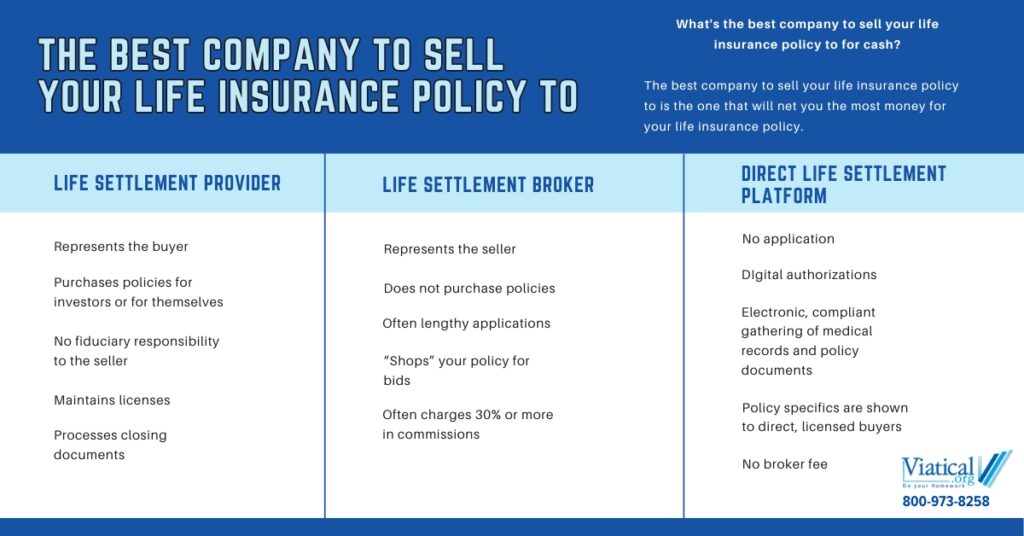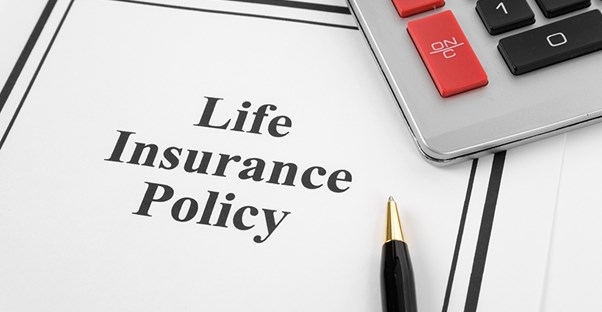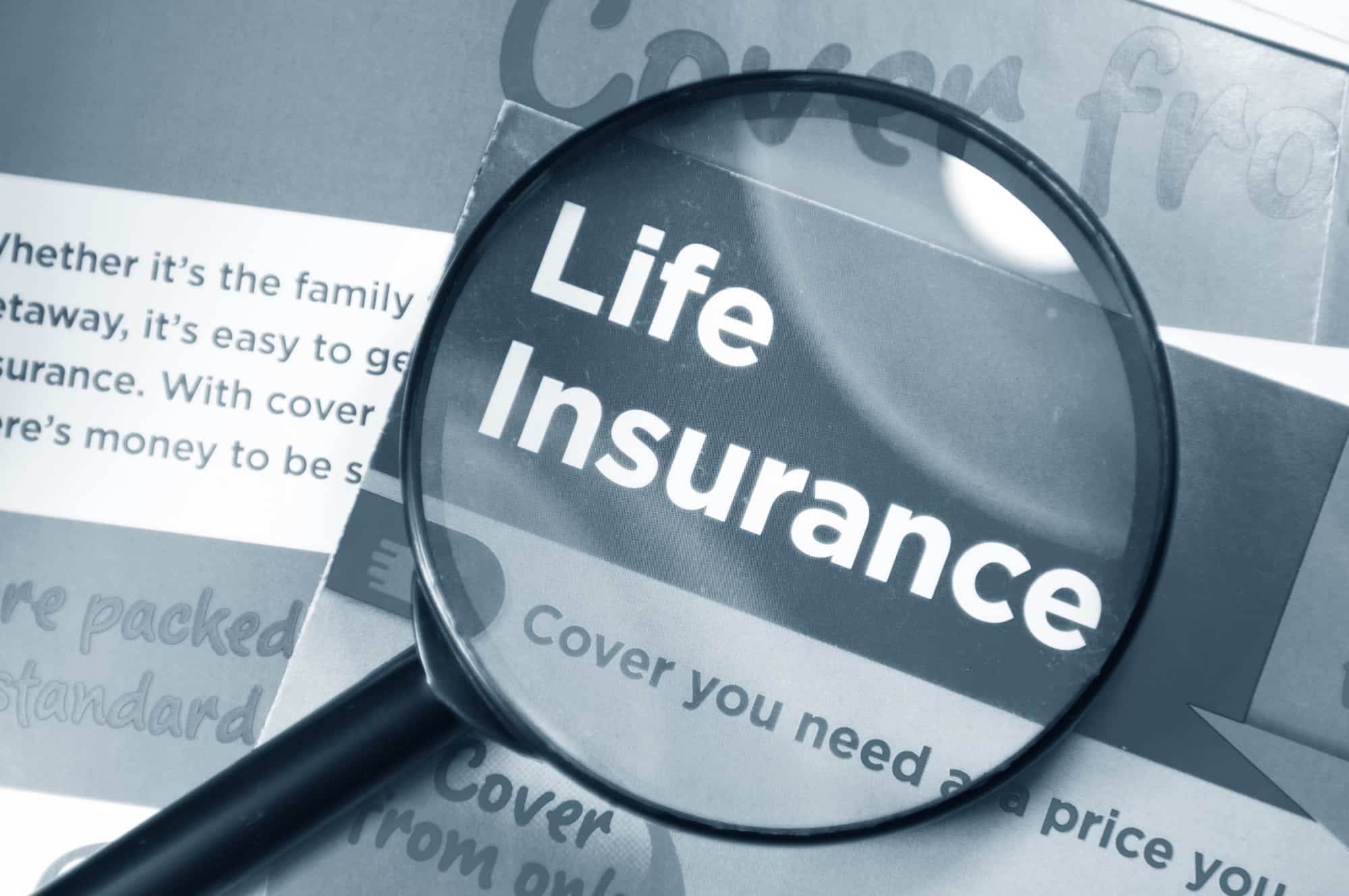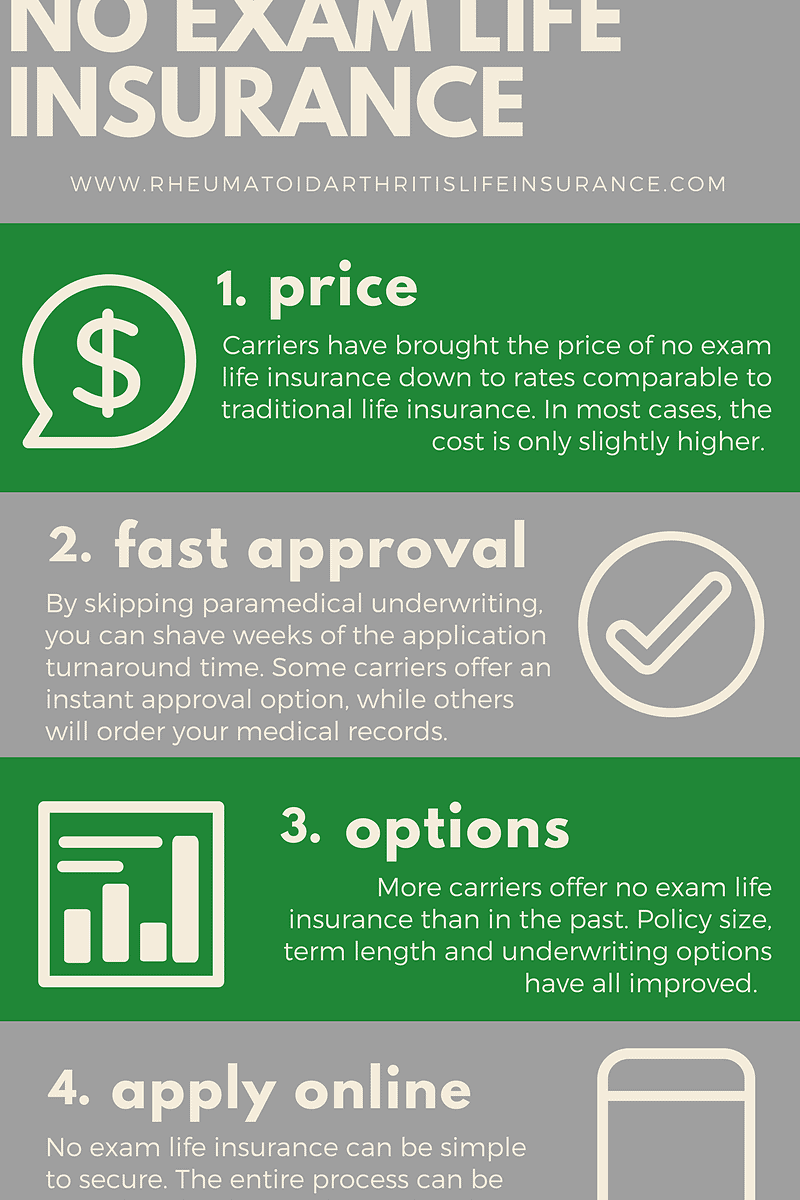Fractured Sternum from a Car Accident: A Comprehensive Guide
A fractured sternum, commonly known as a broken breastbone, is a serious injury that can result from the impact of a car accident. The sternum, a flat bone located in the center of the chest, protects vital organs like the heart and lungs. When subjected to excessive force, it can crack or break, leading to severe pain, breathing difficulties, and other complications.
Symptoms of a Fractured Sternum
The severity of symptoms associated with a fractured sternum varies depending on the extent of the injury. Common signs and symptoms include:
- Intense pain in the chest, especially when breathing, coughing, or sneezing
- Tenderness and swelling around the sternum
- Bruising or discoloration on the chest
- Difficulty breathing, shortness of breath, or wheezing
- Coughing up blood or frothy sputum
- Nausea or vomiting
Causes of a Fractured Sternum
As mentioned earlier, a fractured sternum is typically caused by the impact of a car accident. The force of the collision can drive the steering wheel or other objects into the chest, resulting in a break in the sternum. Other potential causes include:
- Falls from a height
- Direct blows to the chest, such as during sports or physical altercations
- Certain medical procedures, such as open-heart surgery
Treatment for a Fractured Sternum
The treatment for a fractured sternum depends on the severity of the injury. In most cases, conservative treatment measures are sufficient. These may include:
- Pain medication to alleviate discomfort
- Anti-inflammatory drugs to reduce swelling
- Rest and activity modification to avoid aggravating the injury
- Physical therapy to strengthen the chest muscles and improve breathing
In more severe cases, surgery may be necessary to repair the fractured sternum and stabilize the chest. This is typically required when the fracture is unstable or has caused damage to underlying organs.
Introduction
A fractured sternum, also known as a broken breastbone, is a serious injury often caused by high-impact incidents like car accidents. The sternum, a flat bone located at the center of the chest, serves as a protective shield safeguarding vital organs. When immense force is exerted on the chest, as in the case of a car crash, the sternum bears the brunt of the impact, potentially leading to a fracture.
Mechanism of Injury
In car accidents, the force of the collision or sudden deceleration can cause the victim’s body to be violently jolted forward. The sternum, being a rigid bone, is unable to withstand the force and may crack or break. The severity of the fracture depends on the magnitude and direction of the impact. In some cases, the sternum may only sustain minor cracks, while in more severe instances, it can be completely shattered.
Symptoms
The aftermath of a car accident can be quite disorienting, and it may take some time for the victim to realize the extent of their injuries. A fractured sternum often manifests itself through a myriad of symptoms. One of the most common is sharp, stabbing pain that worsens with deep breathing or coughing. The pain may also radiate to the shoulders or back. Other signs include tenderness to the touch in the chest area, swelling, and bruising. Difficulty breathing, shortness of breath, and coughing can also be indicative of a fractured sternum.
Diagnosis
Prompt diagnosis is crucial for effective treatment of a fractured sternum. Typically, your doctor will perform a comprehensive physical examination to assess the extent of your injury. They may also request imaging tests such as X-rays or CT scans to confirm the diagnosis and determine the severity of the fracture.
Treatment
The treatment plan devised for a fractured sternum will depend on the nature of the injury. In many cases, non-surgical interventions can suffice to facilitate healing. These include pain relievers, anti-inflammatory medications, and physical therapy to strengthen the chest muscles. However, if the fracture is severe or has caused significant displacement of the bone, surgery may be necessary to repair the damage and ensure proper bone alignment.
Fractured Sternum: A Painful Consequence of Car Accidents
If you’ve been unlucky enough to experience a car accident, you may be familiar with the dreaded pain of a fractured sternum. This injury, which affects the breastbone, can be a serious and disabling problem, especially if you’ve been in a head-on collision. But what exactly are the symptoms of a fractured sternum, and what can you do to treat it?
Symptoms
The most telltale sign of a fractured sternum is excruciating chest pain. It’s like a searing, stabbing sensation that refuses to go away. And it’s not just the pain that’s bothersome—it gets worse whenever you breathe, cough, or even move slightly. As if that’s not enough, you’ll likely experience swelling and tenderness in the chest area, making it difficult to get comfortable no matter how you position yourself.
Difficulty breathing is another common symptom of a fractured sternum. Imagine trying to fill your lungs with air, but something’s blocking the way—that’s what it feels like. In severe cases, the pain can be so intense that it becomes difficult to even take shallow breaths.
Bruising or discoloration around the chest area is another sign that your sternum may be fractured. It’s as if your body is trying to warn you with a colorful reminder of the impact you endured. Shortness of breath and rapid heart rate can also accompany a fractured sternum, making you feel like you’re about to run a marathon after a car accident.
If you suspect you may have a fractured sternum, it’s essential to seek medical attention immediately. This injury can be serious, and early diagnosis and treatment are crucial for a speedy recovery.
Fractured Sternum in a Car Crash
Oh boy, that was a rough car accident! I’m sorry to hear you’re dealing with a fractured sternum. This type of injury can be quite painful and debilitating, but don’t worry. I’ll do my best to explain what you can expect from your recovery process.
Causes
In a car accident, a fractured sternum typically results from the impact of the steering wheel or dashboard on the chest. The force of the impact can cause the bone to crack or break. Other causes of a fractured sternum include falls, sports injuries, and direct blows to the chest.
Symptoms
The most common symptom of a fractured sternum is pain in the center of the chest. The pain is often worse when you take a deep breath or cough. Other symptoms may include:
Diagnosis
Your doctor will diagnose a fractured sternum based on your symptoms and a physical examination. Your doctor may also order an X-ray or CT scan to confirm the diagnosis.
Treatment
Most fractured sternums will heal on their own with rest and pain medication. In some cases, surgery may be necessary to repair the fracture.
Recovery
The recovery time for a fractured sternum varies. Most people will recover within 6 to 8 weeks. However, some people may experience pain and discomfort for longer.
Prevention
There is no sure way to prevent a fractured sternum. However, you can reduce your risk by wearing a seatbelt when driving and by avoiding activities that could put you at risk for a fall or a direct blow to the chest.
A Fractured Sternum: The Painful After-effects of Car Accidents
Car accidents are an unfortunate reality of modern life, and they can lead to a wide range of injuries. One of the most severe is a fractured sternum, also known as a broken breastbone. This injury can be extremely painful and debilitating, and it can take weeks or even months to heal.
Symptoms of a Fractured Sternum
The symptoms of a fractured sternum can vary depending on the severity of the fracture. However, some of the most common symptoms include:
- Chest pain that worsens with coughing or sneezing
- Difficulty breathing
- Painful creaking or popping sounds with movement
- Tenderness or bruising over the sternum
- Swelling or discoloration of the chest
Diagnosis
If you suspect that you have a fractured sternum, it is important to see a doctor right away. Diagnosis involves a physical examination, X-rays, and in some cases, a CT scan to determine the extent of the fracture.
Treatment
Treatment for a fractured sternum will vary depending on the severity of the fracture. In most cases, treatment will involve pain medication, rest, and physical therapy. In some cases, surgery may be necessary to repair the fracture.
Physical Therapy
Physical therapy can help to improve range of motion, reduce pain, and strengthen the muscles around the sternum. Physical therapy typically involves exercises that focus on improving flexibility, posture, and breathing.
Surgery
Surgery may be necessary to repair a fractured sternum if the fracture is severe or if it does not heal properly. Surgery typically involves making an incision over the sternum and repairing the fracture with wires or plates.
Recovery
The recovery time for a fractured sternum can vary depending on the severity of the fracture. However, most people can expect to recover within a few weeks or months. During recovery, it is important to follow your doctor’s orders and to avoid activities that could worsen the fracture.
Prevention
There is no sure way to prevent a fractured sternum, but there are some things you can do to reduce your risk, such as:
- Wearing a seatbelt when driving or riding in a motor vehicle
- Avoiding contact sports
- Avoiding falls
- Strengthening the muscles around the sternum with regular exercise
Fractured Sternum: A Comprehensive Guide
If you’ve had the misfortune of being involved in a car accident, one of the potential injuries you may sustain is a fractured sternum. The sternum, commonly known as the breastbone, is a flat bone located in the center of your chest that connects your ribs together. When subjected to severe force, such as in a car crash, it can break or crack, resulting in a fractured sternum.
Symptoms
The symptoms of a fractured sternum can range from mild to severe and typically manifest themselves in the following ways:
- Intense pain in the chest, especially when taking deep breaths or coughing
- Tenderness and swelling over the breastbone
- Difficulty breathing
- Bruising or discoloration of the chest
- Shortness of breath
Diagnosis
Diagnosing a fractured sternum involves a physical examination and medical imaging. Your doctor will feel your chest for tenderness and swelling while listening to your breathing. They may also order an X-ray, CT scan, or MRI to confirm the diagnosis and assess the extent of the fracture.
Treatment
Treating a fractured sternum focuses on managing pain, immobilizing the chest, and preventing complications. It typically involves:
- Pain Medication: Over-the-counter pain relievers like ibuprofen or acetaminophen can help reduce pain and inflammation. In severe cases, stronger prescription pain medication may be necessary.
- Chest Binder or Brace: Wearing a chest binder or brace helps immobilize the sternum, reducing pain and promoting healing.
- Activity Modification: Avoiding activities that put stress on the chest, such as heavy lifting or strenuous exercise, is crucial for preventing further damage.
- Breathing Exercises: Controlled breathing exercises can help improve lung function and reduce pain and stiffness.
- Cough Suppression: Coughing can worsen the pain and delay healing. Cough suppressants may be prescribed to minimize coughing.
- Monitoring for Complications: Fractured sternums can sometimes lead to complications such as infection, pneumonia, or rib fractures. Regular checkups with your doctor are recommended to monitor for any potential issues and address them promptly.
Recovery
The healing time for a fractured sternum varies depending on the severity of the fracture. Minor fractures may take a few weeks to heal, while more severe fractures can take several months or even longer. Proper rest, pain management, and following your doctor’s instructions are essential for a successful recovery.
Fractured Sternum Car Accident: Signs, Symptoms, and Recovery
A car accident can be a traumatic experience, and it’s important to be aware of the potential injuries that can occur. One of the most serious injuries that can result from a car accident is a fractured sternum, which is a break in the breastbone. The sternum is a flat bone that connects the ribs and forms the front of the chest. A fractured sternum can cause severe pain, difficulty breathing, and other complications. It’s important to seek medical attention immediately if you suspect you have a fractured sternum.
Symptoms of a Fractured Sternum
The most common symptom of a fractured sternum is pain. The pain may be sharp and stabbing, or it may be a dull ache. It may worsen when you cough, sneeze, or take deep breaths. Other symptoms of a fractured sternum include:
- Swelling and bruising of the chest
- Difficulty breathing
- Coughing up blood
- Nausea and vomiting
Causes of a Fractured Sternum
The most common cause of a fractured sternum is a car accident. Other causes include:
- Falls
- Sports injuries
- Assaults
Diagnosis of a Fractured Sternum
To diagnose a fractured sternum, your doctor will perform a physical examination and ask you about your symptoms. They may also order an X-ray or CT scan to confirm the diagnosis.
Treatment of a Fractured Sternum
The treatment for a fractured sternum will depend on the severity of the injury. In most cases, treatment will involve:
- Pain medication
- Rest
- Physical therapy
Recovery From a Fractured Sternum
Recovery time for a fractured sternum can vary depending on the severity of the injury but typically takes several weeks or months. During recovery, it’s important to follow the doctor’s instructions, rest, and engage in physical therapy to regain chest mobility.
Complications of a Fractured Sternum
In some cases, a fractured sternum can lead to serious complications, such as:
- Pneumothorax (collapsed lung)
- Hemothorax (bleeding in the chest)
- Infection
Fractured Sternum: Not Just a Sore Chest
If you’ve been in a car accident and feel pain in your chest that’s worse when you breathe or cough, you could have a fractured sternum. The sternum, commonly known as the breastbone, is a flat bone that runs down the center of your chest, connecting your ribs.
A fractured sternum is a serious injury that can be very painful. The pain is often worse when you take a deep breath or cough. You may also have swelling, bruising, or tenderness in your chest. In some cases, you may have difficulty breathing.
Treatment
Treatment for a fractured sternum typically involves pain relievers and rest. In some cases, you may need to wear a brace to help support your chest. Surgery is rarely necessary.
Recovery
Most people with a fractured sternum recover within a few weeks. However, it’s important to follow your doctor’s instructions carefully to ensure that your sternum heals properly.
Complications
In severe cases, a fractured sternum can lead to complications such as infection, lung collapse, or pericarditis (inflammation of the heart lining). These complications require immediate medical attention.
Risks
Certain factors can increase your risk of developing a fractured sternum, including:
- Being in a car accident
- Falling from a height
- Engaging in contact sports
- Having osteoporosis
Prevention
There are no surefire ways to prevent a fractured sternum. However, you can reduce your risk by:
- Wearing a seatbelt when driving or riding in a car
- Using caution when falling from a height
- Avoiding contact sports
- Getting regular exercise to maintain strong bones
When to See a Doctor
You should see a doctor if you have any of the following symptoms:
- Chest pain that is worse when you breathe or cough
- Swelling, bruising, or tenderness in your chest
- Difficulty breathing
Fractured Sternum: A Survivor’s Guide to a Hidden Injury
A fractured sternum, also called a broken breastbone, is a serious injury that can occur in a car accident. The sternum is a long, flat bone that connects the ribs and protects the chest cavity. When it’s fractured, it can cause severe pain, breathing difficulties, and complications.
If you’ve been in a car accident and you’re experiencing chest pain, shortness of breath, or other symptoms, it’s important to see a doctor right away. A fractured sternum can be a life-threatening injury, so it’s important to get treatment as soon as possible.
Symptoms
The symptoms of a fractured sternum can vary depending on the severity of the fracture. Some common symptoms include:
- Chest pain
- Shortness of breath
- Difficulty breathing
- Pain when coughing or sneezing
- Swelling or bruising on the chest
- Tenderness to the touch on the sternum
- Pain that worsens with movement
Causes
A fractured sternum is most commonly caused by a car accident. The impact of the crash can force the sternum to break, either from the force of the impact or from the pressure of the seatbelt. Other causes of a fractured sternum include:
- Falls
- Sports injuries
- Assaults
Diagnosis
A fractured sternum is typically diagnosed based on a physical examination and a medical history. Your doctor will ask you about your symptoms, and they will examine your chest for tenderness, swelling, and other signs of injury. They may also order an X-ray or other imaging tests to confirm the diagnosis.
Treatment
The treatment for a fractured sternum depends on the severity of the fracture. In most cases, treatment involves pain management and rest. You may be prescribed pain medication, and you may be advised to avoid activities that put stress on your chest. In some cases, surgery may be necessary to repair the fracture.
Prevention
While not always preventable, wearing a seatbelt properly and maintaining a safe driving distance can help reduce the risk of a fractured sternum in a car accident. You should also be aware of the risks of falls and other injuries that can lead to a fractured sternum.




Leave a Reply